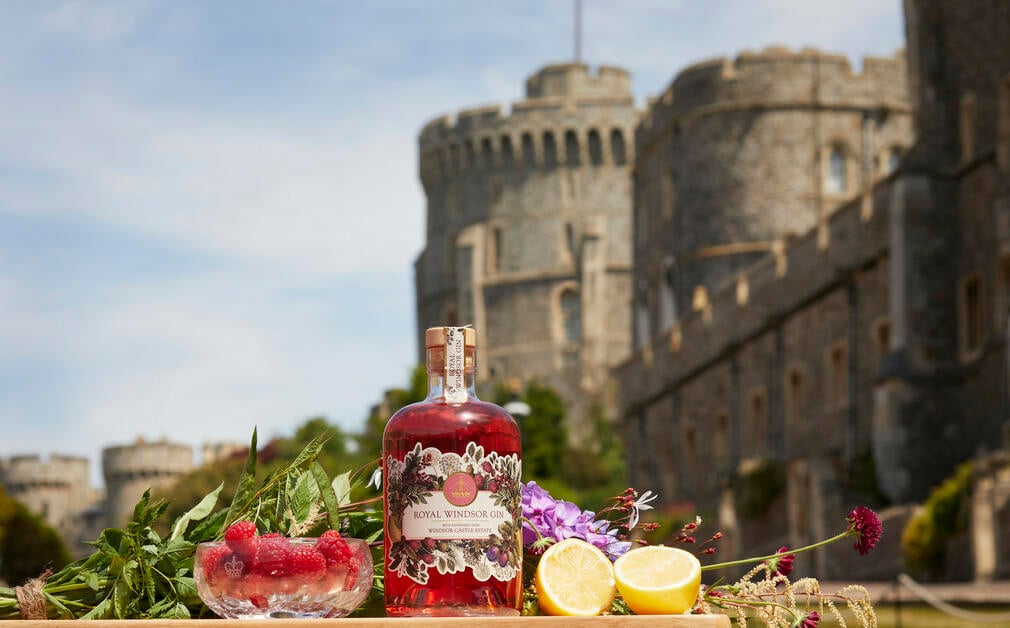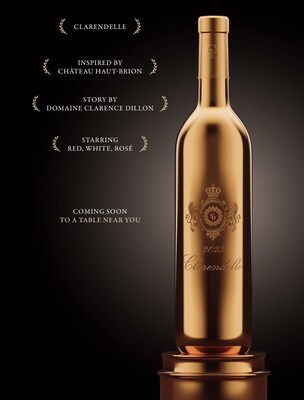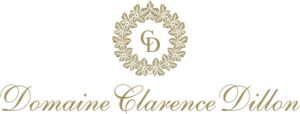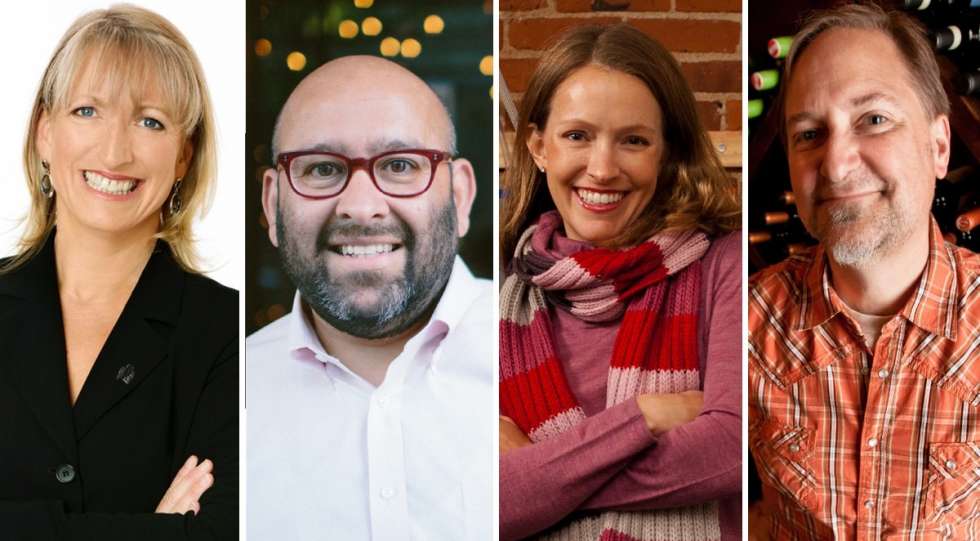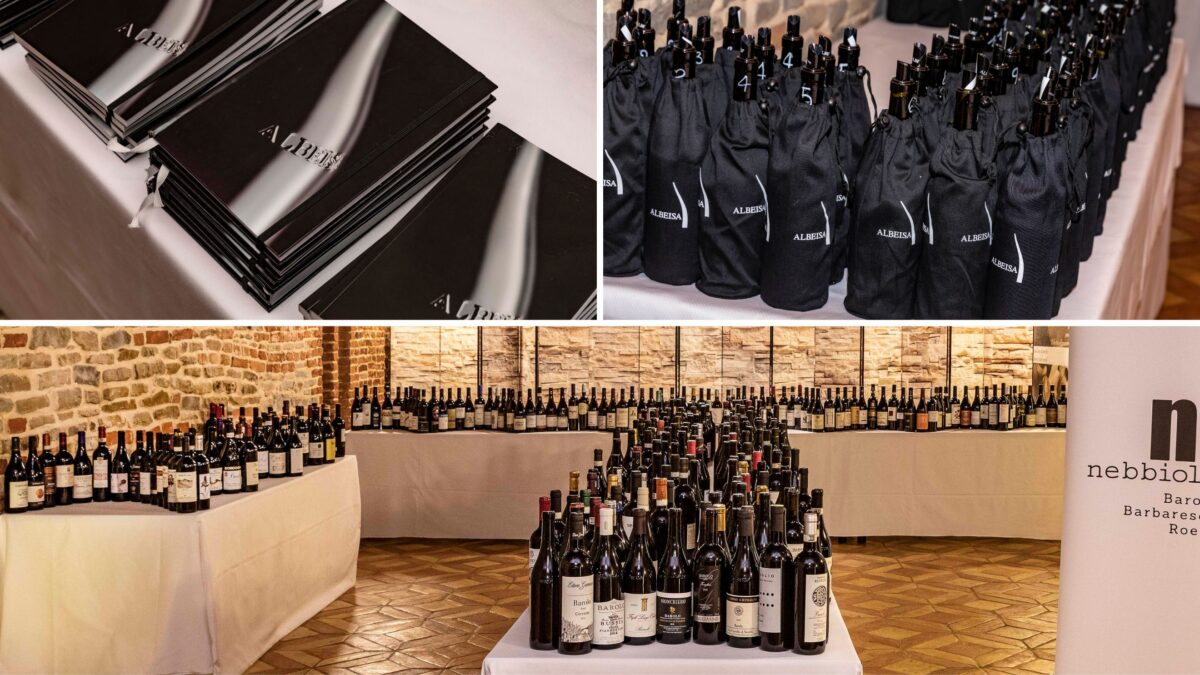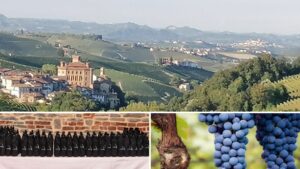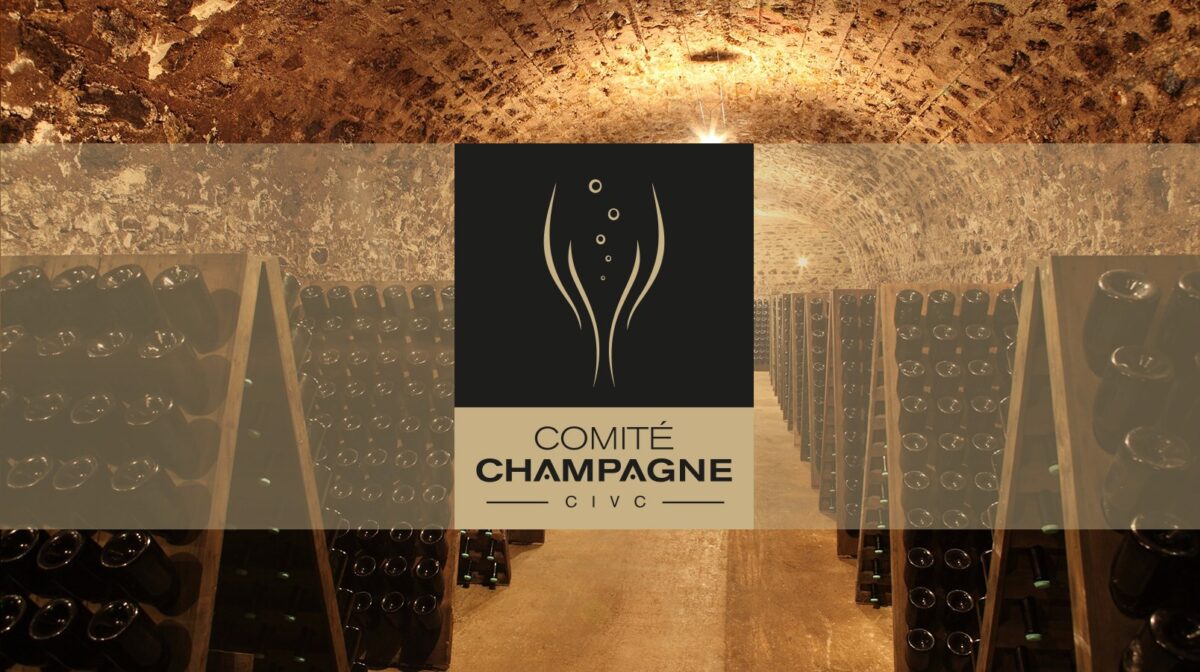Royal Collection Trust, a department of the Royal Household, has launched a pink gin, infused with raspberries grown around Windsor Castle, with a mix of sweet and fragrant botanicals.
The “Royal Windsor Pink Gin” is spiced with piquant pink peppercorns and warming cassia bark, along with orange peel and rose petals that add a subtle sweetness. The hand-picked raspberries from across the Royal Estate in Windsor were infused into the spirit, lending the gin a fruity finish and vibrant pink hue.
The royal gin pairs beautifully with ginger beer for a fiery twist on the classic Gin and Tonic. Garnished with fresh raspberries and orange peel, this rosy tipple will make the perfect accompaniment to Coronation celebrations in May!
All profits from sales go towards The Royal Collection Trust, a registered charity, and help fund the care and conservation of the Royal Collection, and access to the Collection through exhibitions, publications, loans and educational programs.
Royal Windsor Pink Gin can be purchased online from Friday, 17 February from http://www.rct.uk/shop at £38.00 and is available from Royal Collection Trust shops.
“A tipple fit for the King’s Coronation!”
Source: Royal Collection Trust
#gin #ginlovers #pinkgin #buckinghampalace #theroyalfamily #theroyalcollection #theroyals #theroyalcollectiontrust #buckinghampalacegin #kingcharles #royalwindsor #royalwindsorgin #buckinghamgardens #ginloversunite #flavoredgin #pinkgin #coronationday #kingcharles #kingcharlesiii #royalnews

